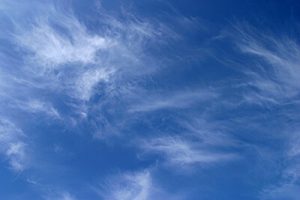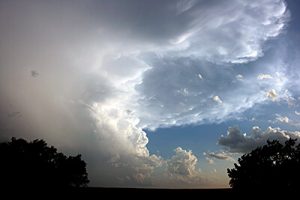Learn how to wear a mask properly_Getting ready for in-person learning!
What type of mask should you wear?


Comments Off on How to wear a mask properly: BC Public Health Order mandates the use of masks in public spaces
Posted in Uncategorized
Comments Off on Learn more about water – celebrate the end of the summer school with water olympics
Posted in Uncategorized
Comments Off on Seeing the reasons for the seasons
Posted in Uncategorized
Comments Off on How to land a rover on the moon
Posted in Uncategorized
Comments Off on How quickly can you fill a room with hundreds of thousands of dominos – the future will be automated
Posted in Uncategorized


Comments Off on What is the Jet Stream and how does it contribute to the formation of heat zones?
Posted in Uncategorized
Even desirable number 1s and 2s that are sorted out of curbside streams are difficult to recycle. They are contaminated with food and grime. Not all plastics with the same name and number are actually the same: the PET used in a takeout container is different from that used in a water bottle.
For all these reasons, plastics are usually downcycled into applications with less-exacting specifications than what the virgin materials were designed for. A soda bottle doesn’t become a soda bottle again; it is made into a carpet or a fleece vest. In its next incarnation, the milk jug becomes the inner layer of a detergent bottle.
Comments Off on Organic Chemistry: The Problem with Plastic
Posted in Uncategorized
Comments Off on Make your own Litmus Paper
Posted in Uncategorized
Comments Off on Daily 5: Learn more about the biodiversity of BC spiders
Posted in Uncategorized


Comments Off on Genetics Research Inquiry Project
Posted in Uncategorized